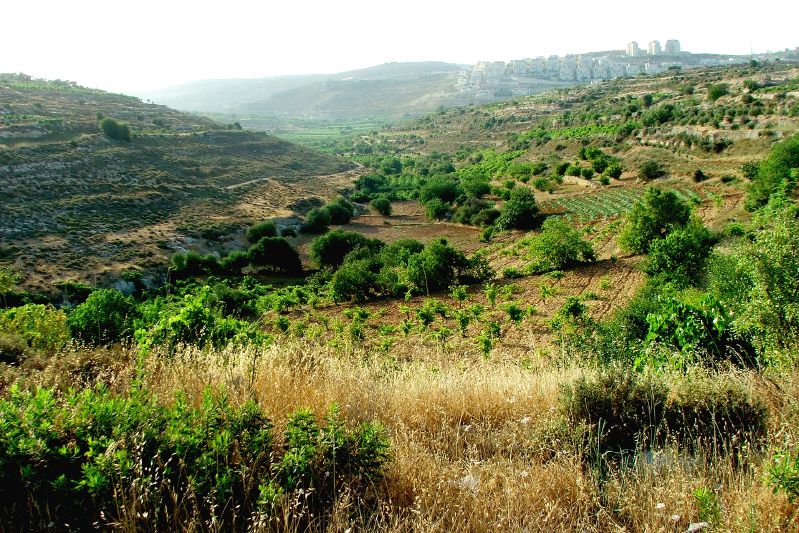Ancient Historical Sites in Israel’s Gush Etzion
December 3rd 2019
Just south of Jerusalem, in the rolling Judean Hills, are a group of settlements collectively known as Gush Etzion. This beautiful agricultural region is filled with ancient historical sites and stories stretching back to Biblical times. It was in these very hills where the Patriarchs walked and where pilgrims travelled to the Holy City.
Today, Israel’s Gush Etzion is a mix of old and new. Together with the ancient historical sites and ruins, some of which we mention below, there are also numerous fun activities to enjoy such as wine tasting, ATVing, zip lining, and hiking. Yet it’s the Jewish history that truly makes this region something truly special.
Here are just a few of the ancient historical sites in the area we recommend our guests visit and which we think you’ll find truly fascinating.
The Way of the Patriarchs
Traversing the Gush Etzion region is an ancient north-south route known as The Way of the Patriarchs. It’s one of the oldest surviving human roads in Israel and dates back to Biblical times. Scholars believe it was used by Abraham, Isaac and Jacob.
At one end of the route is Megiddo in the north and at the other, Beersheba in the south, with Hebron and Jerusalem linked in the middle. Pilgrims from across the region would have used this route to travel to Jerusalem and the Holy Temples. The Romans also made use of the road, and their milestone markers and aqueducts can still be seen today, together with Jewish ritual baths.
Tomb of Rachel
In the far north of Gush Etzion, at the northern entrance to the ancient city of Bethlehem, is the Tomb of Rachel. It’s considered to be the resting place of the Biblical matriarch, Rachel, wife of Jacob, and mother of Joseph and Benjamin. For many centuries Rachel’s Tomb has drawn pilgrims from far and wide.
The Tomb is the third holiest site in Judaism and is also religiously significant for Christians and Muslims. The site was refurbished and expanded to its present appearance during the mid-17th Century, by Sir Montefiore with permission from the then Ottoman rulers.
Cave of Machpelah
In the far south of the Gush Etzion region, in the ancient city of Hebron, is the Cave of Machpelah. Also known as the Cave of the Patriarchs, the cave is considered the second holiest site in Judaism, and its oldest. The cave and some surrounding land were purchased by Abraham 3,700 years ago.
The patriarchs and matriarchs of the Jewish people, including Abraham, Isaac, Jacob, Sarah, Rebecca, and Leah are all buried here (except for Rachel whose tomb is just outside Bethlehem). During the Second Temple era, Herod the Great built over the tombs, and the structure still remains to this day. But the caves are assessable to visitors, with many thousands of people coming to pay their respects every year.
Herodium National Park
In the center of Gush Etzion lies the Herodium National Park which is home to an ancient palace-fortress built by Herod the Great. Located a few kilometers south of Bethlehem, on a high man-made hill, the fortress is believed to have been constructed between 23 and 15 BCE.
The fortress is also the final resting place of Herod. Visitors can view his tomb as well as the architectural remains of the palace, plus bathhouses, courtyards, underground tunnels (used during conflict with the Romans), and what is believed to be one the oldest synagogues in the Levant.












